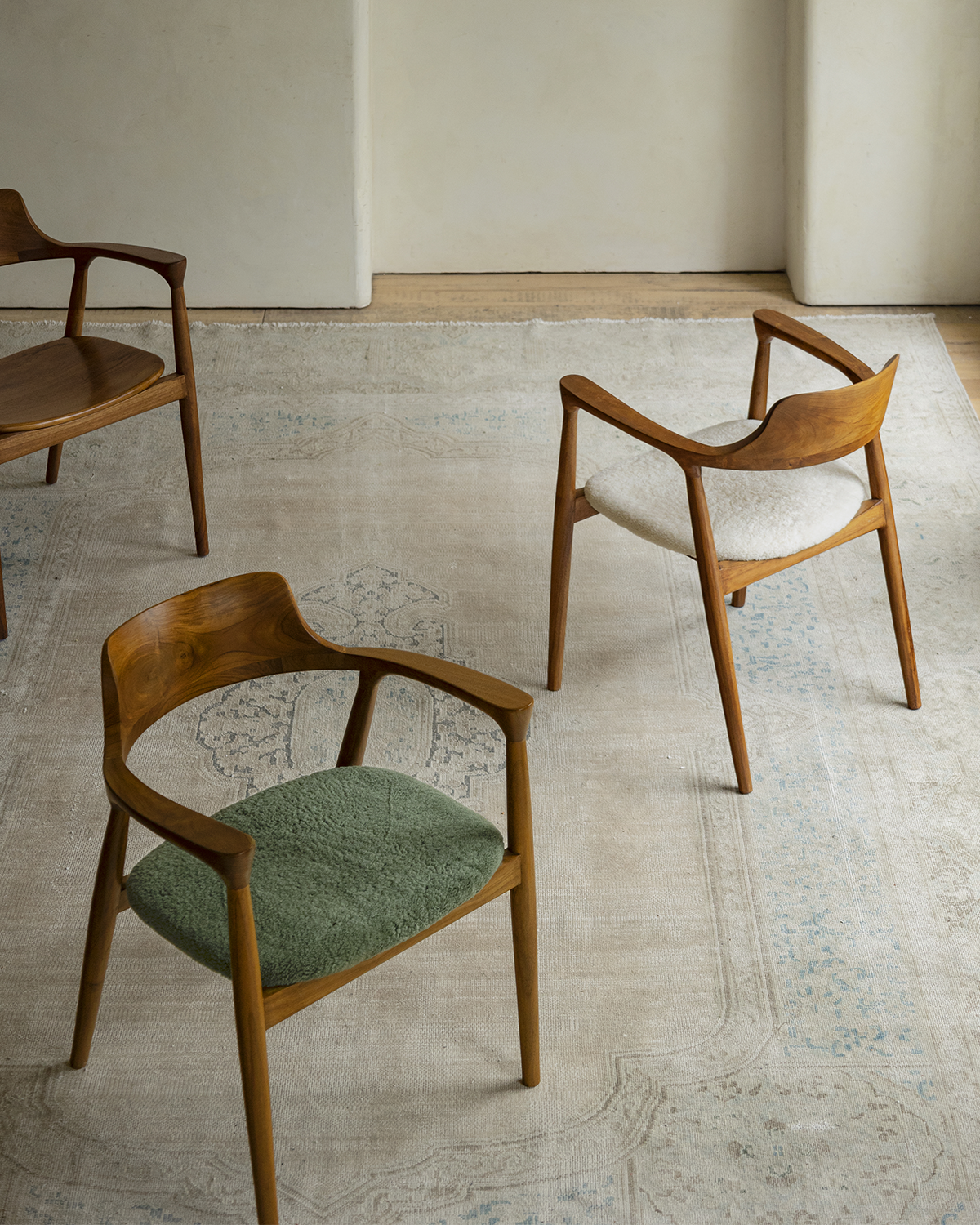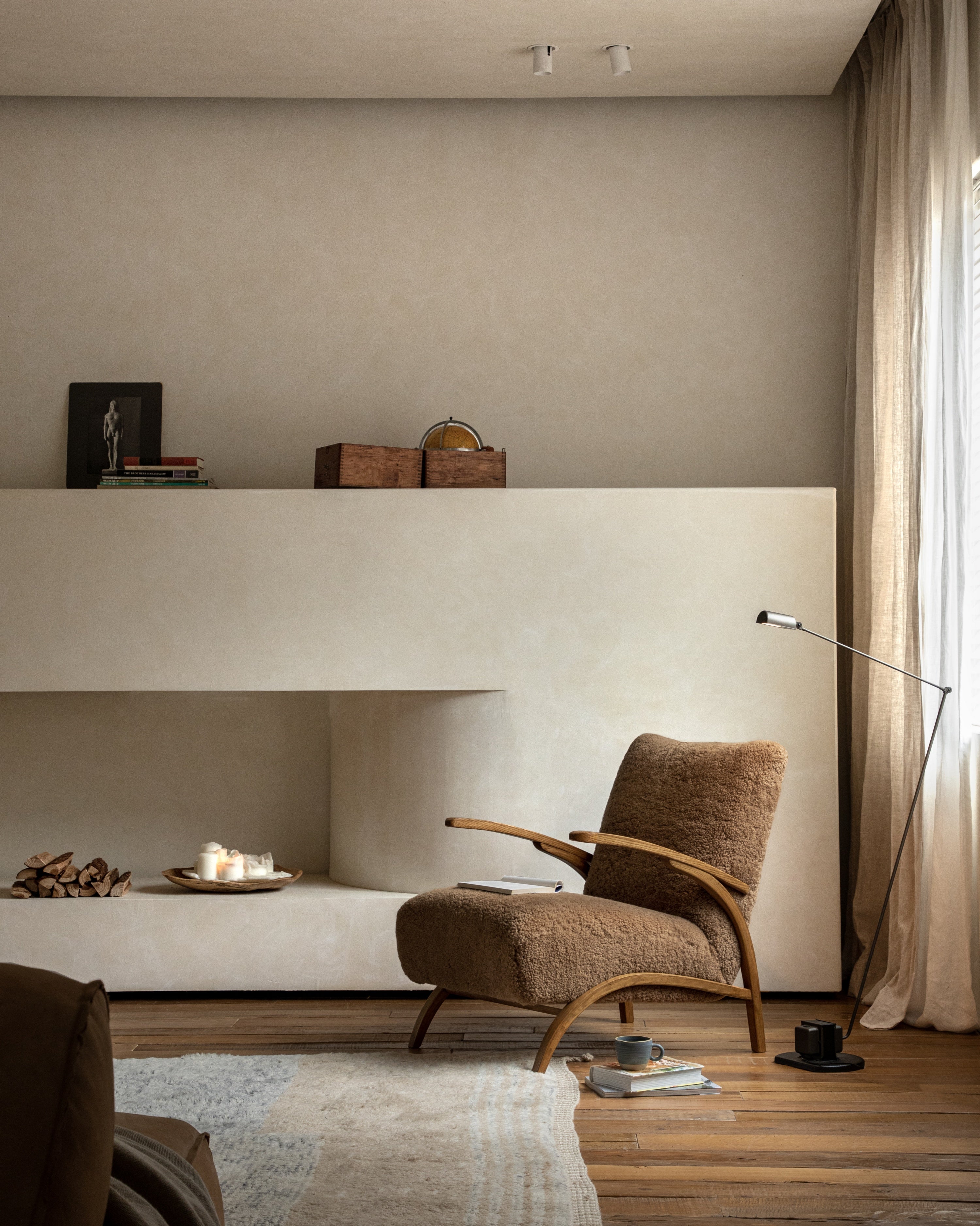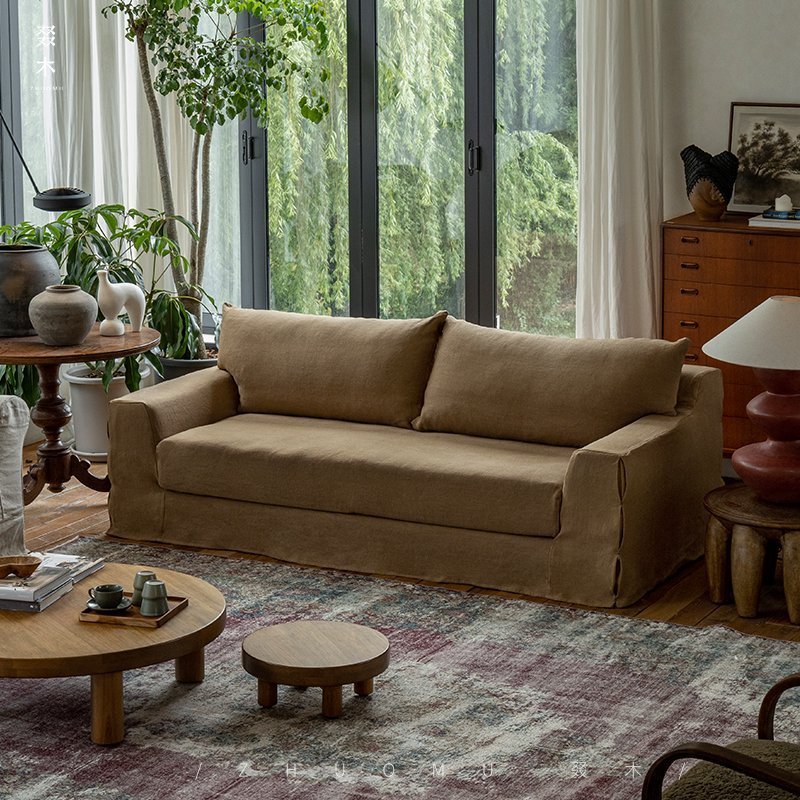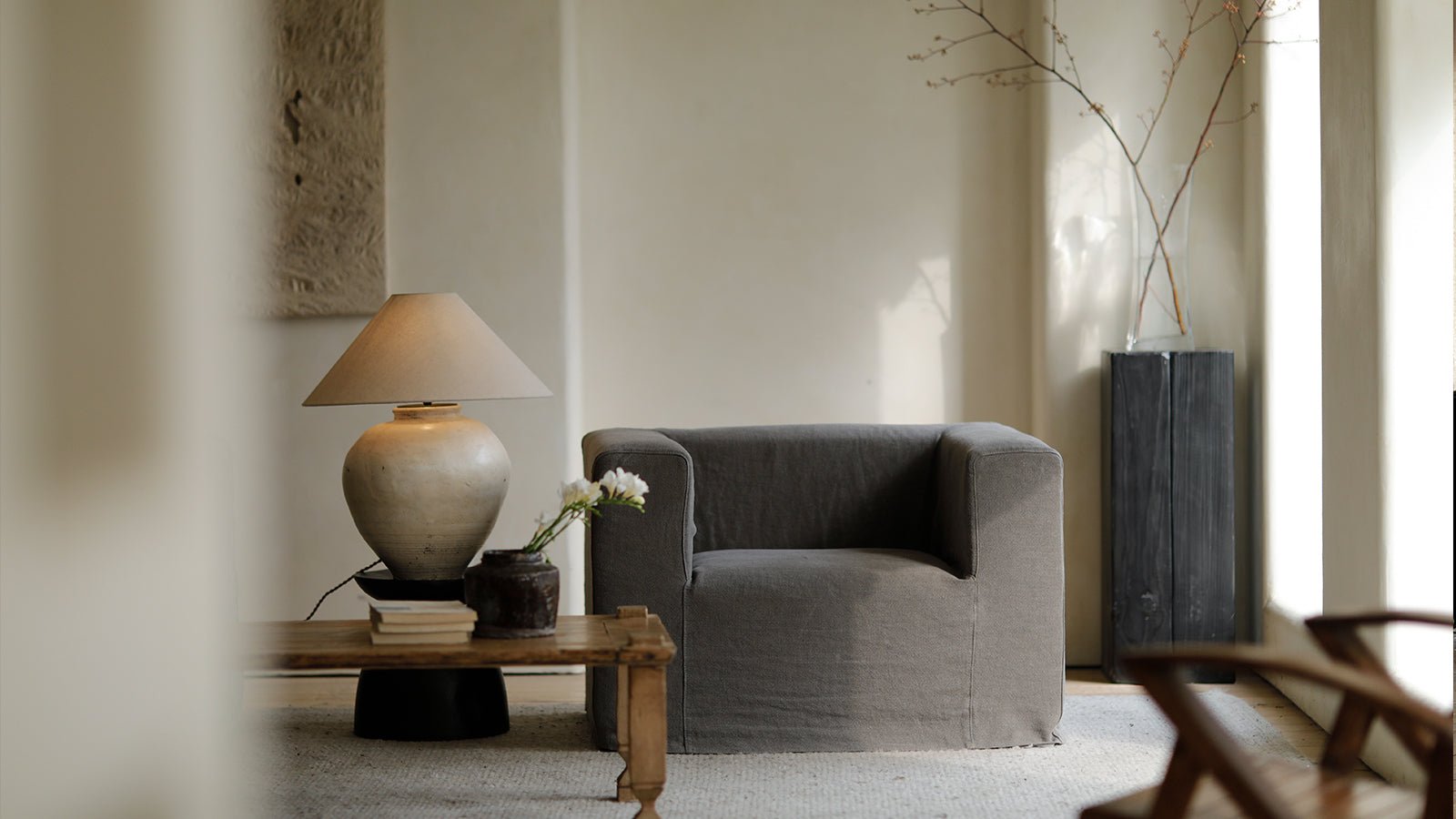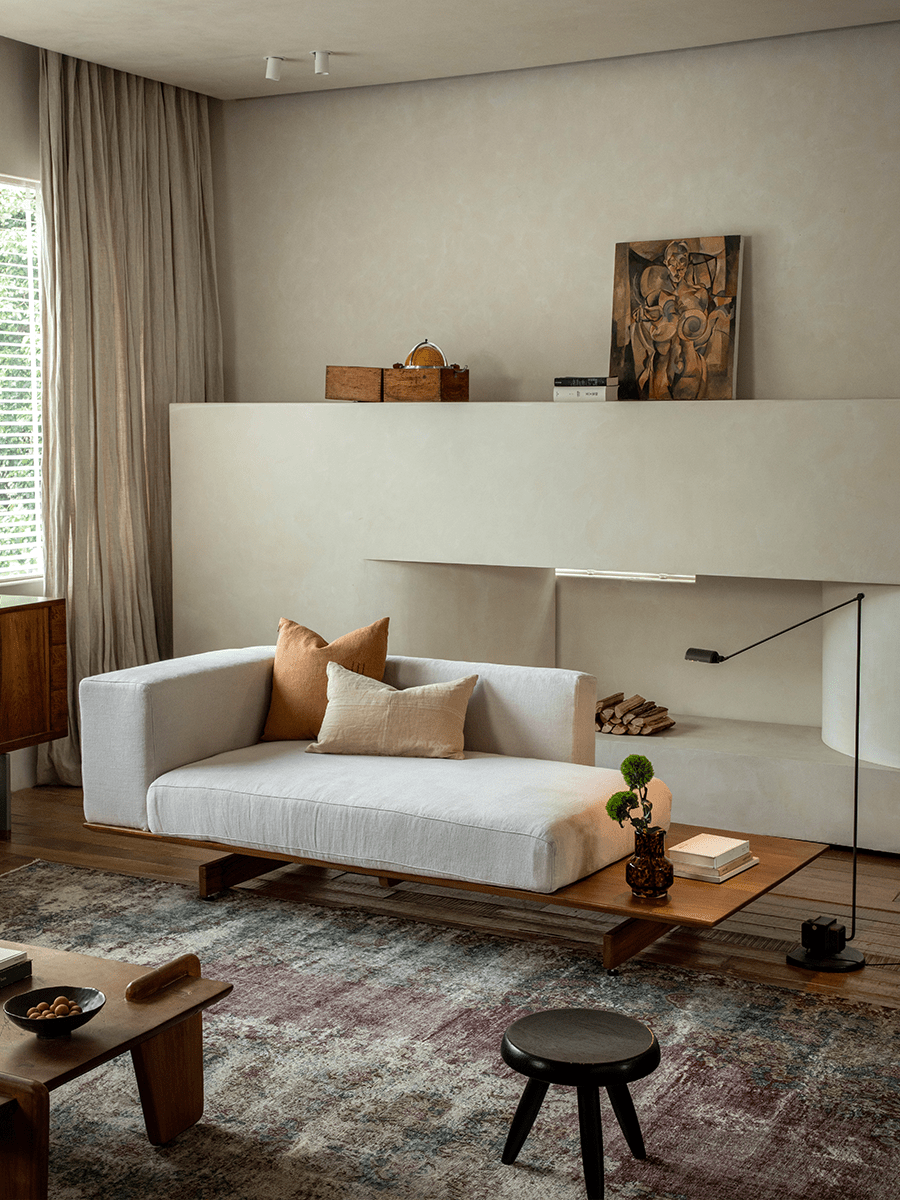
How to Turn a Sleeper Sofa into a Regular Couch?
Key Takeaway
Transforming a sofa bed into a couch is a practical DIY project that can render your furniture lighter, more comfortable, and more appropriate for your lifestyle. With the correct tools, some planning, and attention to support and cushion quality, you can transform your pull-out couch into a sleek, solid, and comfortable fixed sofa that not only looks great but also feels fantastic.
Sleeper sofas, also called sofa beds or pull-out couches, are practical for guests and small spaces. But if you rarely use the bed feature, don’t replace it—transform it. You can ditch that clunky, hidden mechanism and turn your pull-out into a lighter, far more comfortable sofa you'll actually love sitting on. It’s a straightforward project that gives your old furniture a new, cozier purpose.
Why Convert a Sleeper Sofa to a Regular Couch?
Most individuals find their sleeper sofa too heavy to relocate, uncomfortable to use as a daily sitting sofa, or just no longer necessary as a bed. Extracting the sleeper sofa mechanism and performing a few changes can bring several benefits:
- Enhanced Comfort. The folding unit and metal frame of a sofa bed usually compromise the seat comfort. Once removed, it is possible to add better support and foam for greater sitting comfort.
- Lighter Weight. The pull-out assembly and bed frame are heavy. Taking them out will make your couch much easier to move and rearrange.
- Better Aesthetics. This design without the visible metal frame or mattress will allow your sofa to look like a normal sofa and less like a convertible sofa.
- Extra Storage or Support. The empty space left after the removal of the bed can be used for storage or reinforced for extra seat support.

Is Your Sleeper Sofa a Good Candidate for Conversion?
Not every sleeper sofa is built the same way. Before you start your sofa bed conversion, check these points:
- Frame Structure. Is the frame strong enough to support weight without the bed mechanism? Some sofas rely on the bed frame for seat support, so removing it without adding new support can cause sagging.
- Cushion Support. Can you add webbing, straps, or plywood to replace the support lost after you gut the bed frame?
- Manufacturer Advice. If possible, check with the manufacturer or look up your model online to see if others have done a similar sleeper sofa modification successfully.
- Condition. If your sofa bed is already sagging, has a broken frame, or the upholstery is worn out, you may need to fix these issues as part of your project.
Conversion Tools Needed for Sofa Bed Modification
Gather your tools and materials before starting. Here’s what you’ll likely need:
- Socket set or adjustable wrench (for bolts)
- Screwdrivers (Phillips and flathead)
- Pliers
- Measuring tape
- Heavy-duty scissors (for straps or fabric)
- Replacement support: plywood, heavy canvas webbing, or support straps
- Staple gun and staples (for attaching new support)
- Optional: New foam or custom cushions for added comfort
- Container or bag for screws and hardware
Step-by-Step Conversion Process: Remove Sleeper Sofa Mechanism and Reinforce the Couch
Turning a pull-out couch into a sofa takes some effort, but it’s doable for most DIYers. Here’s how to take the bed part out of a couch and adapt it for daily use:
1. Clear and Prep the Sofa Bed
Remove all cushions, pillows, bedding, and the mattress from the sleeper mechanism. Make sure you have plenty of space to work and lay down a drop cloth or old sheet to protect your floor.
2. Access the Sleeper Mechanism
Carefully tip the sofa on its back or side. This gives you access to the bolts and screws holding the bed frame inside the couch. Most sleeper sofas have the pull-out assembly attached with bolts along the sides or bottom.
3. Remove the Bed Frame and Metal Parts
Use your socket set or wrench to loosen and remove the bolts or screws securing the folding unit. Keep all hardware in a container in case you want to reverse the process later. With the fasteners out, carefully lift out the entire bed frame and mattress assembly. This part can be heavy—get help if needed.
4. Assess the Seat Support
After removing the bed frame, you’ll see an empty space under the seat cushions. Most sleeper sofas need extra support at this stage, or the seat will sag badly. Check if any original support remains; if not, plan to add your own.
5. Add New Support to the Couch
- Webbing or Straps. The best way to add support is to weave heavy canvas webbing or straps across the seat opening and staple them to the frame. This gives the seat some spring and comfort, similar to a standard sofa.
- Plywood. You can lay a cut-to-size piece of plywood across the opening for support, but plywood alone is often too hard for comfortable sitting. If you use plywood, add a layer of foam or batting on top.
- Combination. Many DIYers use both webbing (for spring) and plywood (for firmness), topped with foam for comfort.

6. Replace or Upgrade Cushions
If your old cushions are sagging or thin, replace them with high-density foam cut to fit your cushion covers. You can also add a layer of batting or Dacron wrap for a softer, fuller look and feel. This step makes your new stationary couch much more comfortable.
7. Reassemble and Style
Put the sofa upright, replace the seat and back cushions, and add any decorative pillows. Check for loose upholstery and staple or tack it back into place if needed. Your pull-out couch is now a non-sleeper sofa, ready for everyday use.
Potential Challenges and Solutions in Sofa Bed Conversion
You might have some problems with your sofa bed transformation. Here's how to solve the most typical ones:
- Uncomfortable Seat. Plywood by itself can render the seat too hard. Always add foam or webbing to ensure comfort.
- Loose Upholstery. The removal of the bed frame can cause loosening of the fabric. Reattach any sagging material with a staple gun.
- Structural Weakness. If the frame is weak, strengthen it with additional wood slats or metal brackets. This is particularly crucial for older sofas or those that have been used extensively.
- Heavy or Awkward Removal. The bed mechanism is awkward and heavy to pull out. Always use a helper and practice good lifting procedures.
- Gaps or Unevenness. Fill any gaps that the removed bed frame left with foam or batting, or purchase new custom cushions that will fit the new seat depth.
Sit Back and Enjoy Your Converted Couch
Congratulations, the hard work is done! The cumbersome metal frame is behind you, and your sofa is finally just a sofa—a much more comfortable sofa at that. It's lighter, the cushions are firm, and no obtrusive bar comes between you and a good nap. You've breathed new life into your old sleeper sofa as the place to unwind. Enjoy the well-earned warmth!
FAQs About Sleeper Sofa Modification and Troubleshooting
Q1: Can you remove the metal bar from a sleeper sofa?
Absolutely! That annoying metal bar is attached to the folding bed frame, not the couch's main structure. When you follow the steps to unbolt and remove the entire pull-out mechanism, the bar will come out along with it, leaving you with a hollow, bar-free space for much more comfortable seating.
Q2: My sleeper sofa is sagging. What can I do?
A sagging sleeper sofa usually has two culprits. First, the original support might be weak. After removing the bed mechanism, you need to build a new, solid base for the cushions using either plywood for firmness or new webbing for a bit of bounce. Second, the cushions themselves are often thin; upgrading them to thick, high-density foam will fix the sag for good.
Q3: How do I fix a broken sleeper sofa mechanism?
You’ve got two paths here. Fixing the mechanism can be a real headache, as you’ll need to identify the broken part, find a replacement, and install it correctly. A much easier and often better solution is to simply remove the entire broken assembly and convert the couch into a standard sofa, especially if you rarely use the bed.
Q4: Can I replace the thin sofa bed cushions with regular foam?
Yes, and you absolutely should! This is one of the best upgrades you can make. The cushions on most sleeper sofas are thin to allow them to fold away. By replacing them with thick, high-density foam inserts cut to fit your cushion covers, you'll dramatically improve the couch's comfort for everyday sitting.


